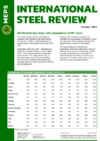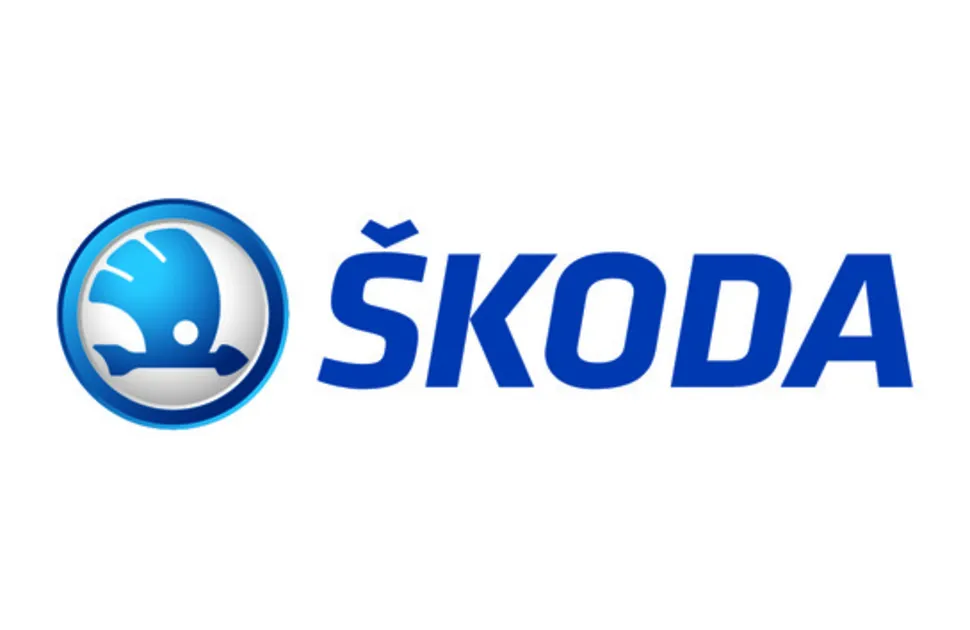Steel price rises boost US mills’ financial performance
US steelmakers are benefitting from President Donald Trump’s bid to strengthen the domestic steel sector through the reinstatement of 25% Section 232 tariffs on all steel imports.
His stated goal is to bolster domestic investment, reduce imports and lift steelmaking capacity utilisation to 80%. After the US Census Bureau recently released its quarterly financial report for the United States’ manufacturing sector, revealing the current health of the steel sector, MEPS considered the outlook for US steelmakers.
Steelmakers secure after pandemic’s profit peak
Despite a challenging 2024, the US steel sector remains financially stable. Over the past few years, the industry has experienced extraordinary price fluctuations. Steel values soared to record highs due to supply chain disruptions during the Covid-19 pandemic, allowing the industry to capitalise on strong margins. From 2001 to 2019, the average profit margin (income before taxes divided by revenue) for the sector was just 1.3%. In contrast, profit margins between 2021 and 2023 averaged 13%, peaking at 21.2% in Q3 2021.
Since that peak, profit margins have steadily declined. By quarter four of 2024, the industry recorded an overall 1.8% profit margin. This is slightly above the 19-year pre-pandemic average but far below the pandemic-era highs. The downturn in steel prices and demand over the past year largely drove this decline.
However, strong profits in recent years have enabled steelmakers to build cash reserves and invest in capacity without significantly increasing their long-term debt. The industry held nearly USD10 billion in cash as of quarter four of 2024 – lower than pandemic-era levels but still well above pre-pandemic norms. Cash as a percentage of assets stood at 5.5%, meanwhile, down from 9.1% in mid-2023 but above the 2001-2019 average of 4.4%.
Despite substantial investment in new capacity, US steelmakers have maintained relatively low long-term debt. As of quarter four of 2024, the industry's long-term debt-to-equity ratio was just 0.308, slightly above the 24-year low of 0.268, signalling continued financial strength. From 2022 to 2024, the industry added at least 10m tonnes of capacity, with the addition of a further 4-5 million tonnes expected over the next year.
Price rises slow profit decline
The recent increase in US steel prices should slow the industry's profit decline, but it may take another quarter before profit margins improve. Nucor, Cleveland-Cliffs and US Steel recently provided earnings guidance for quarter one. Nucor, the nation’s largest steel producer, issued lower-than-expected, but still positive, profit estimates due to weaker performance in its steel products division. For a second consecutive quarter, US Steel is expecting a net earning loss in quarter one.
MEPS has forecast that steel prices will remain strong across nearly all product categories in the first half of 2025. Flat product prices have risen by over 40% year-to-date. A decline is forecast for the second half of the year, but prices will still settle around 25% above their January levels by year-end. Long product prices are rising more gradually and are forecast to finish the year around 10% higher than in January.
While President Trump is pushing for increased domestic consumption and investment, US steelmakers may be hesitant to expand further, in the near term, despite their positive financial position. The recent completion of a number of large-scale investments, coupled with uncertainty surrounding the permanence of newly implemented tariffs and the risk of an economic recession, could slow new domestic investment.
However, President Trump is actively encouraging foreign investment in the US steel sector. His administration has introduced a “fast-track” process to attract investment from “specified allies and partners” and has promised to expedite environmental reviews for projects exceeding USD1 billion. Hyundai Steel recently pledged to build an EAF-based steel mill in Louisiana which will produce 2.7m short tons of automotive steel each year.
While the near-term financial outlook for the US steel industry is positive, and should improve with higher steel prices, lingering uncertainty about tariffs and demand could limit domestic investment over the next few years.

Source:
International Steel Review
The MEPS International Steel Review is an essential monthly publication, offering professional analysis and insight into carbon steel prices around the world.
Go to productRequest a free publication





